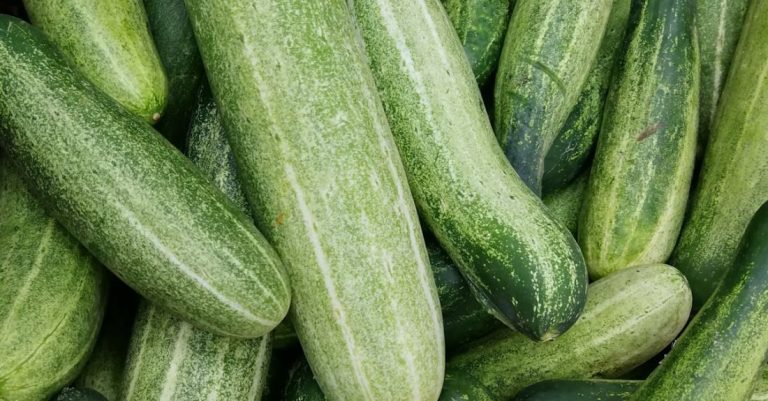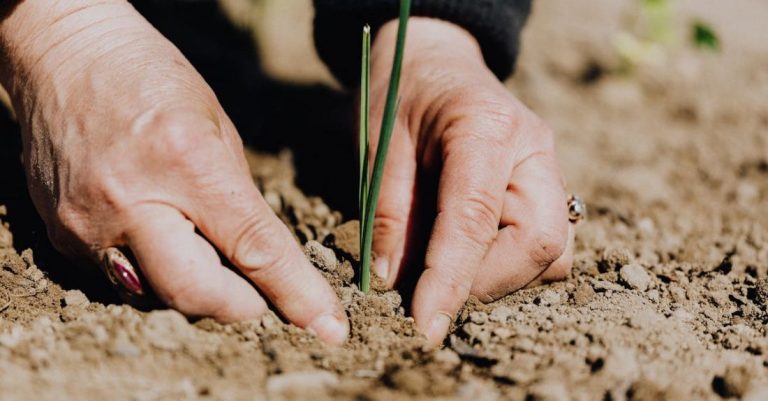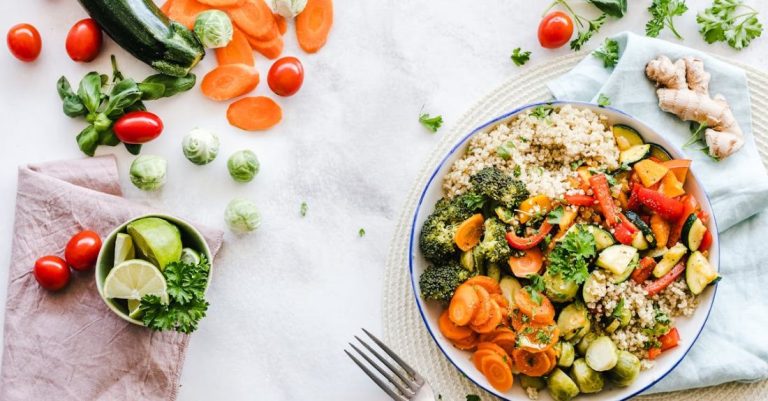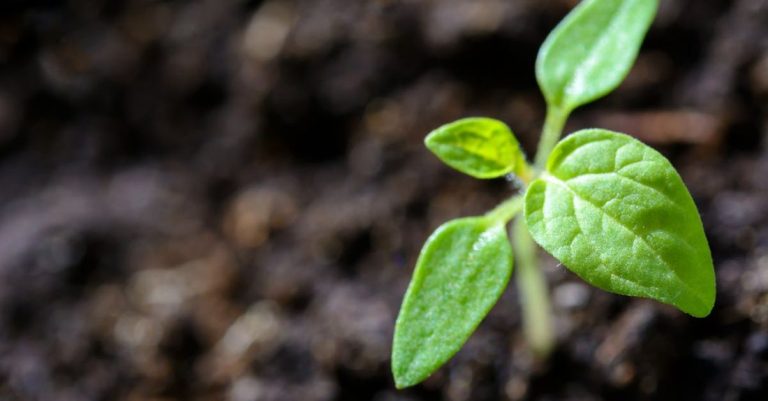
Peppers are a versatile and popular vegetable that can add a burst of flavor to any dish. Whether you prefer them sweet or spicy, growing peppers at home can be a rewarding experience. With the right care and attention, you can enjoy a bountiful harvest of fresh, flavorful peppers. Here are some of the best tips for growing peppers successfully.
Choosing the Right Variety
Selecting the right variety of peppers is crucial for a successful harvest. Peppers come in a wide range of shapes, sizes, colors, and flavors, so it’s essential to choose a variety that suits your taste preferences and growing conditions. Some popular pepper varieties include bell peppers, jalapeños, habaneros, and banana peppers. Consider factors such as the length of your growing season, the amount of sunlight your garden receives, and the level of heat tolerance required for the variety you choose.
Providing Adequate Sunlight
Peppers thrive in warm, sunny conditions, so it’s important to ensure they receive an adequate amount of sunlight each day. Aim for at least 6-8 hours of direct sunlight for your pepper plants to promote healthy growth and fruit production. If you’re growing peppers indoors, consider using grow lights to supplement natural sunlight and ensure your plants receive the light they need to thrive.
Optimizing Soil Conditions
Peppers prefer well-draining, fertile soil with a slightly acidic pH level. Before planting your pepper seeds or seedlings, amend your soil with compost or aged manure to improve its nutrient content and drainage. Avoid planting peppers in soil that is too compacted or waterlogged, as this can lead to root rot and other issues. Consider performing a soil test to determine the pH level of your soil and make any necessary adjustments to create optimal growing conditions for your pepper plants.
Watering Wisely
Proper watering is essential for the health and productivity of your pepper plants. While peppers require consistent moisture to thrive, overwatering can lead to root rot and other problems. Water your pepper plants deeply but infrequently, allowing the soil to dry out slightly between watering sessions. Consider using a soaker hose or drip irrigation system to deliver water directly to the roots and minimize moisture on the foliage, which can contribute to disease development.
Fertilizing Regularly
Pepper plants are heavy feeders and benefit from regular fertilization throughout the growing season. Consider applying a balanced, water-soluble fertilizer every 2-3 weeks to provide your pepper plants with the nutrients they need to produce healthy foliage and abundant fruit. Avoid over-fertilizing, as this can lead to excessive foliage growth at the expense of fruit production. Instead, follow the recommended dosage on the fertilizer package and adjust as needed based on the growth and development of your pepper plants.
Pruning for Productivity
Pruning pepper plants can help promote better air circulation, reduce the risk of disease, and increase fruit production. Remove any damaged, diseased, or overcrowded branches to allow more sunlight and airflow to reach the remaining foliage and fruit. Consider pruning your pepper plants when they are young to encourage branching and bushier growth, which can lead to a higher yield of peppers later in the season.
Protecting Against Pests and Diseases
Pepper plants are susceptible to a variety of pests and diseases, including aphids, caterpillars, and fungal infections. Monitor your plants regularly for signs of pest damage or disease, and take prompt action to address any issues that arise. Consider using natural remedies such as insecticidal soap or neem oil to control pests, and practice crop rotation to reduce the risk of soil-borne diseases. Additionally, avoid overhead watering to minimize the spread of fungal spores and other pathogens.
Harvesting at the Right Time
Knowing when to harvest your peppers is key to enjoying them at their peak flavor and texture. Most peppers can be harvested when they reach their mature size and color, but some varieties may be picked earlier for a milder flavor. Use a sharp pair of scissors or pruners to cut the peppers from the plant, taking care not to damage the stems or adjacent fruit. Harvest your peppers regularly to encourage continued fruit production and prevent overripening on the plant.
Incorporating these tips into your pepper-growing routine can help you cultivate healthy, productive plants and enjoy a plentiful harvest of fresh, flavorful peppers. Experiment with different varieties, growing techniques, and recipes to make the most of your pepper-growing experience and elevate your culinary creations with homegrown goodness. Happy growing!





